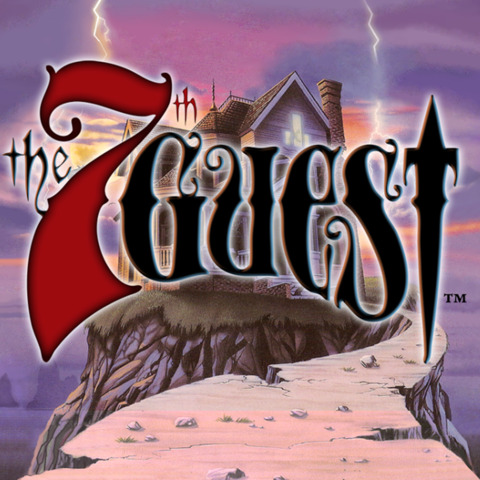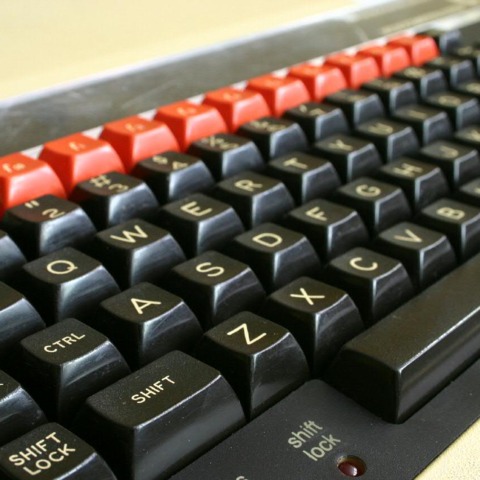Game Genie, the infamous cheat device that granted infinite lives and unlimited ammo, began as nothing more than a tiny knob on a golden game cartridge. That cartridge was a copy of Treasure Island Dizzy, a puzzle game on the Nintendo Entertainment System starring a cartoon egg that wore boxing gloves. The knob was there so you could--in theory--adjust the number of lives you had, thereby making the game easier or harder as desired. Dizzy's developer, Codemasters, thought this extra feature would help its company's next game stand out from the pack--as if the gold finish wasn't enough.
That little knob ended up doing squat for Treasure Island Dizzy--the game shipped without it--but it did become the catalyst for Codemasters' first breakout success. The team reasoned that if they could alter game code in one game, maybe they could apply that same technology to other games on the same console. And why stop at adding extra lives? They could seek out and tweak other variables as well. They could create a device that brought players' dreams--no, their wishes--to life. And so, after a long night of brainstorming in 1989, Codemasters developed its first Game Genie. It was a big pile of wires and dials, and it was going to make them millions.
It would also drag the young developer into a legal battle with the industry's most powerful company, Nintendo, before quietly fading into obscurity. Today, Game Genie is largely remembered for its repertoire of game-breaking codes, but it could do so much more. With the right set of codes, you could make a new game out of an old one, play as the enemy, or access unused or unfinished parts of a game. Game Genie treated video games as toys to be altered by the whims of your imagination. It eventually earned a successor, Game Genie 2, which never saw the light of day, as well as a few other cheat devices decades later, including one currently in the works for the PlayStation 4.
MORE THAN A CHEAT MACHINE
The video game industry needs a better class of cheat device, one that introduces a little chaos to the oftentimes rigid structure of modern gaming. That was the real magic of Codemasters' device. It wasn't the infinite ammo codes or the skip-to-the-final-stage cheats; it was the oddball stuff that you would find through trial and error. It was making all the enemies throw hammers in Mario or replacing all the items and enemies in Kirby with different, random items or enemies. By mixing and matching these different codes, you could create entirely new experiences in your favorite games.
"Game Genie franchise may fall out of style, but the creativity that goes into modifying a game will always be there," said Sole. "So, to some degree, the Game Genie will never die. It'll just fall under a new name."
Ralph Sole, also known as SolerEclipse on YouTube, is teaching himself how to do just that and his videos provide a glimpse of Game Genie's true capabilities. "Growing up, I owned Adventure Island II on the NES and was, admittedly, pretty bad at it," said Sole, "so I would use codes to explore, and pratice, other levels. As I got older, I realized I didn't have to just use Game Genie to beat levels. I could use it to do whatever I want. I mean, if people can come up with their own cheat codes, there has to be some sort of underlying logic to it that I just don't understand, so I just started messing around with it. I like to break things, and Game Genie created a safe, controlled way to do that with video games."
In one of Sole's videos, the opening stage of Super Mario Bros. is altered so that an endless cascade of enemy turtles fly in from the right side of the screen and zip across the stage. Oh, and any mushrooms that appear fly off to the left as well. The result is a new--and wildly unpredictable--experience from the regular game. It's a fun twist on the familiar, and easy to recreate. The limits to Game Genie are really just your imagination and how much time you can devote to code hunting. "Game Genie franchise may fall out of style, but the inspiration and the creativity that goes into modifying a game will always be there," said Sole. "So, to some degree, the Game Genie will never die. It'll just fall under a new name."
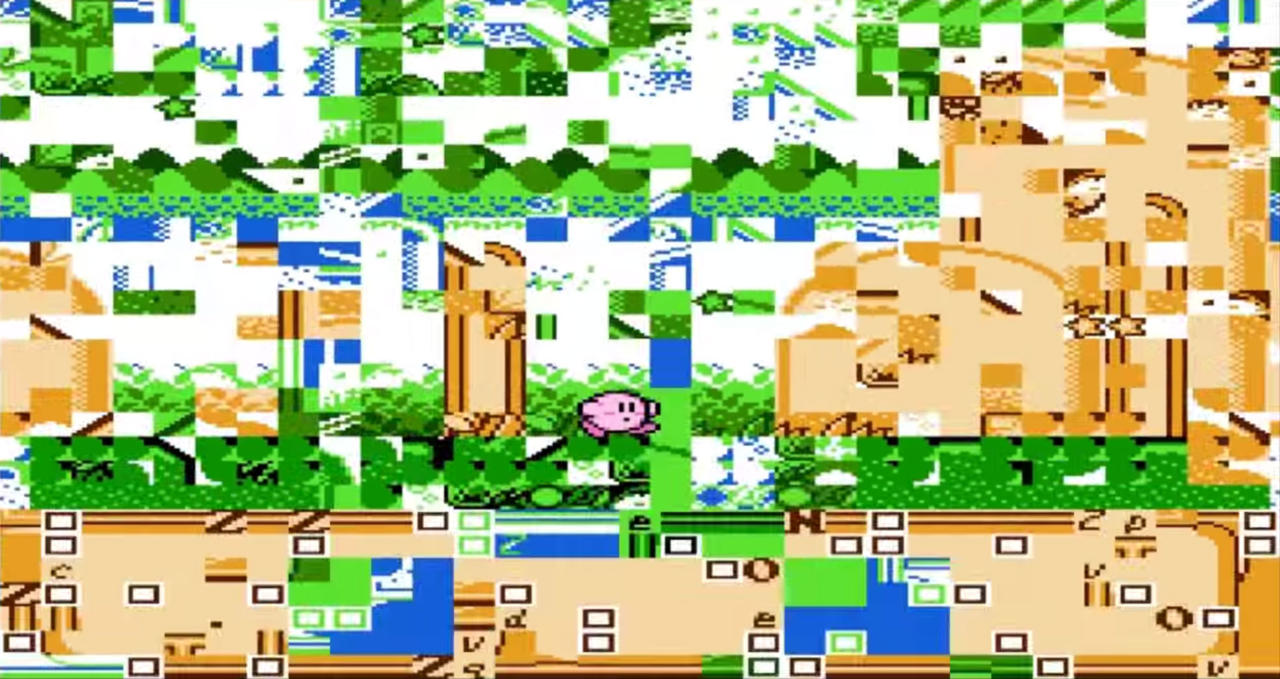
THE LOST GAME GENIE 2
One of Game Genie's earliest supporters was Lewis Galoob Toys Inc. Lewis Galoob's son loved that he could make Mario jump higher, and the company agreed to distribute Game Genie in North America. Game Genie steadily grew in popularity, spawning new versions for other consoles, and eventually drew the ire of Nintendo, which felt Game Genie was in violation of copyright laws. A court case ensued between Galoob and Nintendo, ending with a judge ruling in favor of Galoob. However, while Galoob had won the day, the trial had dire consequences for Codemasters' latest piece of hardware, Game Genie 2.
Game Genie 2 gave users the ability to find their own codes using four buttons located on the cartridge itself. It was ready to go for the Super Nintendo, but a change in Galoob's upper management put the project on permanent hold.
"There was a Game Genie 2 which never came out in the end," said David Darling, co-founder of Codemasters, "which was one of our biggest regrets because it was such an amazing product." As Darling explained, Game Genie 2 gave users the ability to find their own codes using four buttons located on the cartridge itself. If you wanted to find a code for Mario's lives, for example, you would first press a button three times to indicate Mario had three lives. You'd then die, and press another button twice to indicate the new total. Game Genie 2 would then hunt down the variable in the game's code that had just changed from three to two, and spit out a code that let you change Mario's lives to whatever number you wanted. Game Genie 2 was ready to go for the Super Nintendo, but a change in Galoob's upper management put the project on permanent hold.
"When we met Galoob, the Galoob family still ran the company," said Darling. "But by the time the court case was finished and Game Genie 2 was ready to come out, David Galoob had left the company, and Galoob was much more business driven. They were never a video games publisher, after all, and I think they saw Game Genie as just a single toy. After going through the hardware switch from NES to SNES, it just got too complicated. For a toy company, the video game industry was just too alien."
Game Genie 2 died on the vine, but, as Darling noted, there is one in existence somewhere, "probably in the attic at Codemasters." After Game Genie, Codemasters moved on to focusing solely on games; Darling moved on to his own company, Kwalee, years later; and the industry moved on from cartridge- to compact disc-based gaming. It would take a few decades for another company to come along and breathe new life into this curious device and devise a plan for adapting it to next-gen hardware.
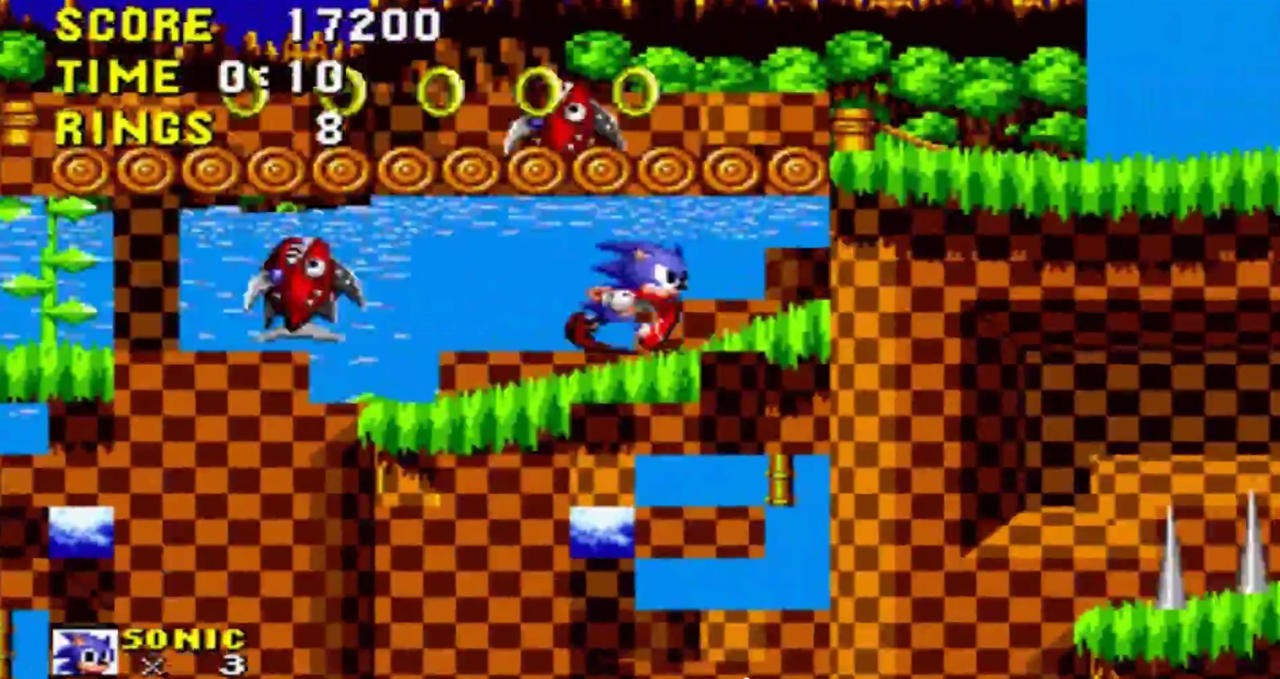
GAME GENIE EYES PLAYSTATION 4
In 2012, just over two decades after its creation, Game Genie made a quiet return to market. It had a new look and a new company backing it, and it operated in a completely different style than its predecessors. This new Game Genie, developed by Hyperkin for the PlayStation 3 and Nintendo DS, modified your save game to give you extra lives or ammo. According to Chris Gallizzi, product manager at Hyperkin, this is a much more rigid system than what the older Game Genie enjoyed. Gaining access to a game's save files means cracking several layers of encryption, a process that changes from game to game. It's slow, time-consuming work that limits the product to only the games Gallizzi and his three-person team have cracked.
Gallizzi may have found a way to bring Game Genie to PlayStation 4 thanks to a security loophole in the PS4's design. "The key to the PlayStation 4 is the Vita," he explained, "and the Vita is not as secure as people think."
However, Gallizzi thinks he may have found a way to recapture some of that old Game Genie craziness thanks to a security loophole in the PlayStation 4's design. "The key to the PlayStation 4 is the Vita," he explained, "and the Vita is not as secure as people think. By syncing the Vita to the PS4, we are then able to pick up a hidden Wi-Fi signal to detect a backdoor entry to the system. From there, we're able to access the raw game files, like trophy data and partially encrypted game saves. It still needs work, but the ultimate goal is to be able to mod a game file or the actual PUP files while the game is running--similar to DEX modding for the PS3, which allows real-time memory hacks."
So far, Gallizzi and his team have been successful in modifying only two games--Battlefield 4 and Tomb Raider--on the PS4, and even then, neither game is very stable. It will be a while before this technology is ready for public consumption, but when it is it will open up games in ways the PS3 and DS Game Genies could not. "What this technology would allow us to do is actually modify the game data, similar to how the orignal Game Genie functioned," Gallizzi said. "From there we could do things like jumping over a whole level in a single bound or explore the game coding and find hidden stuff that was never fully deleted, stuff that's not seen in save data but is actually within game code."
Gallizzi and his team are aware that the gaming landscape has changed since the days of the original Game Genie. Massively multiplayer online games and competitive online gaming have taken hold, and those are two areas of gaming the team knows to stay away from. "We have one golden rule," said Gallizzi, "and that is to never go into online gaming. We don't want to disrupt the competitive communities for Call of Duty or Battlefield or any of those games. We make sure that if you're using our hacks or cheats or whatever, you're doing it in your own little world."
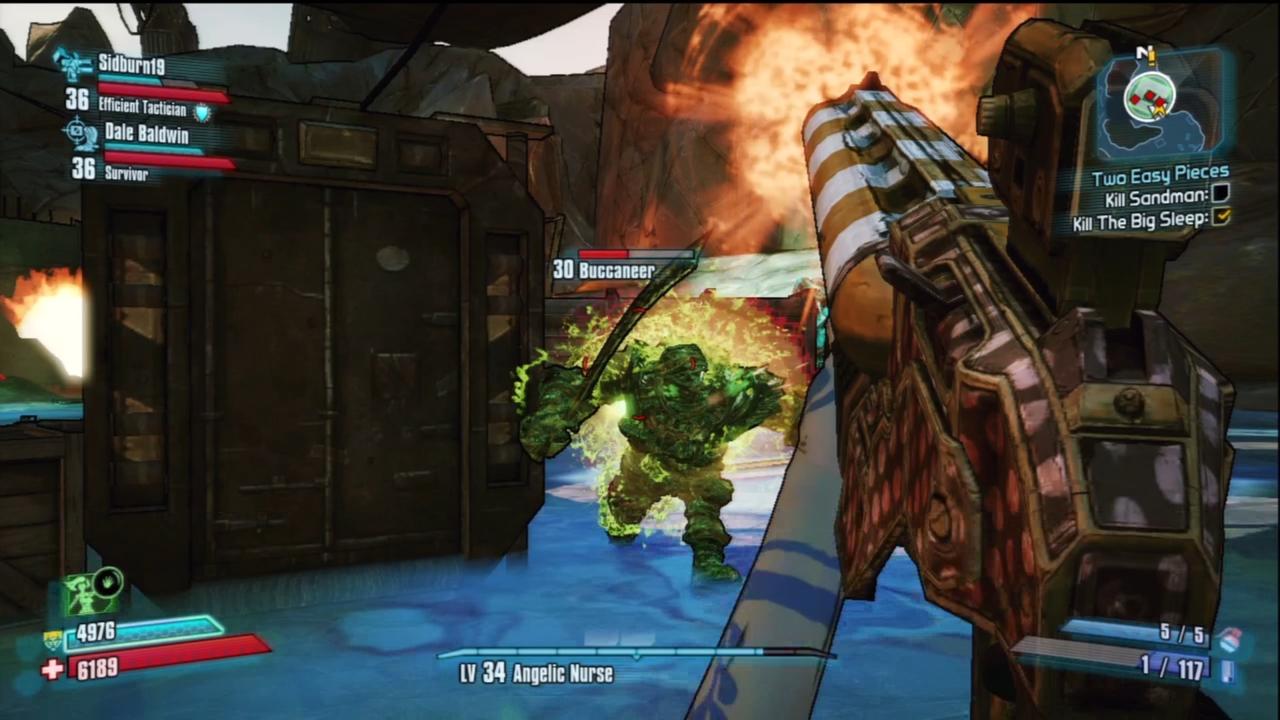
Game hacking and modding are still alive and well outside of Game Genie, especially on PC. However, as Sole noted, Game Genie made game modification both safe and accessible for non-PC players, while opening up a ton of crazy possibilities to boot. And unlike typical PC modding, Game Genie also introduced an element of randomness. Most game mods or hacks are designed with some sort of goal in mind. With Game Genie, you never really knew what--if anything--you were going to get when you started plugging in random codes, and those results might not be things you would think to search for, nor develop as a mod.
History has shown that the one major complaint lobbed at Game Genie was that it made games shorter or easier by circumventing certain parts. You could just press a button and win the game. And while that was certainly an option, it wasn't all this device could do. For those who took the time to learn this new technology, it rewarded them by breathing new life into games time and again. Game developers and publishers today are constantly looking for new ways to get extra mileage out of their games, whether through downloadable content or various unlocks. It's time we put the power back in the players' hands and let our imaginations extend the life of our favorite games. It's time for another Game Genie.

